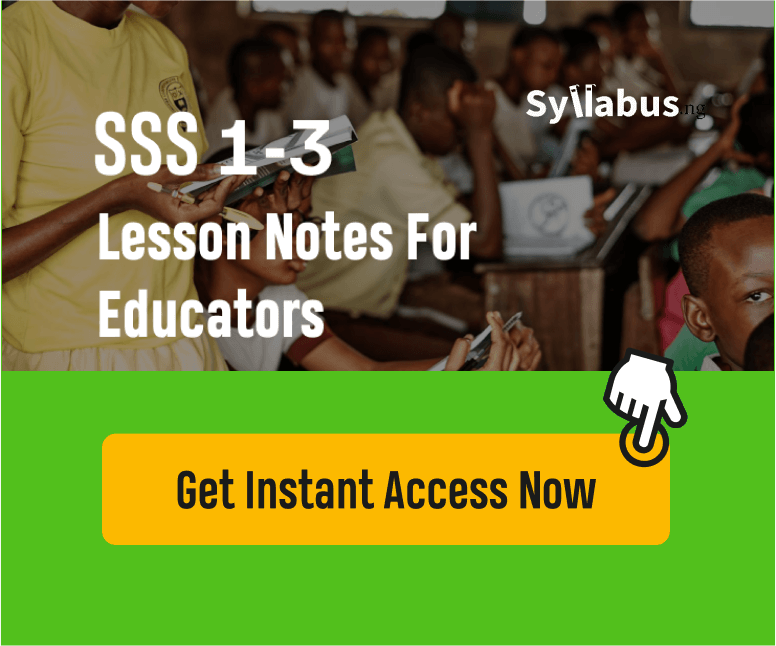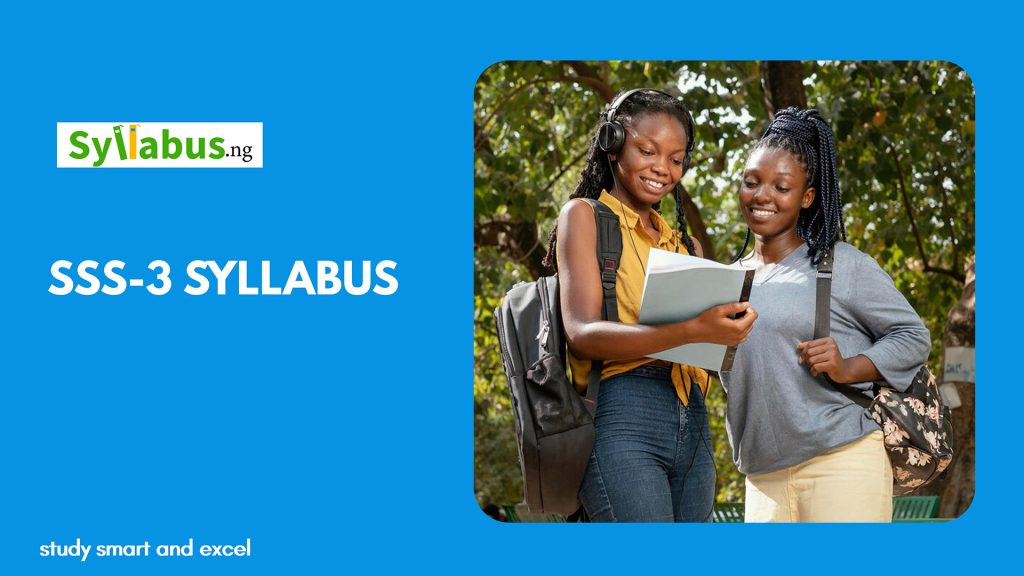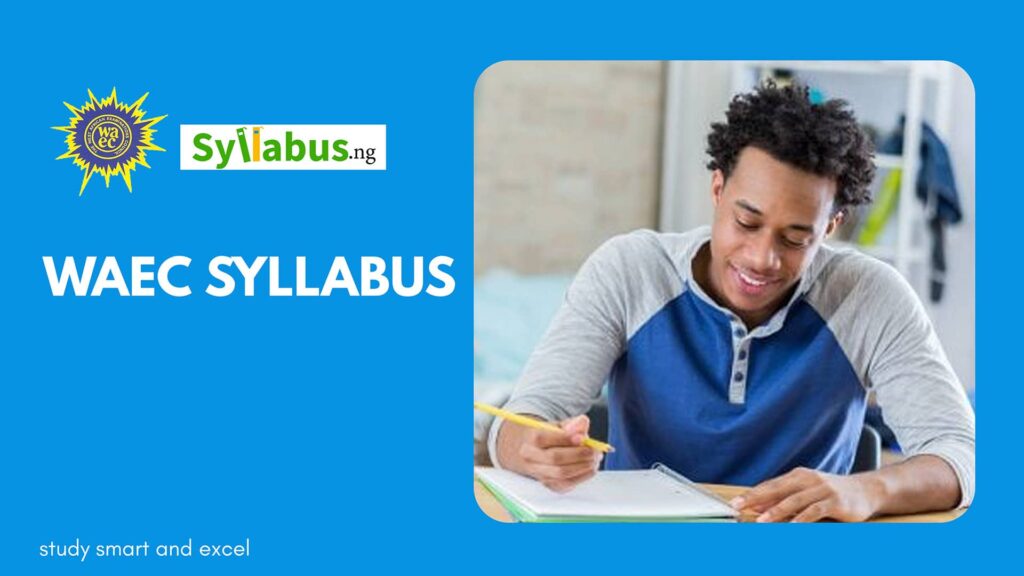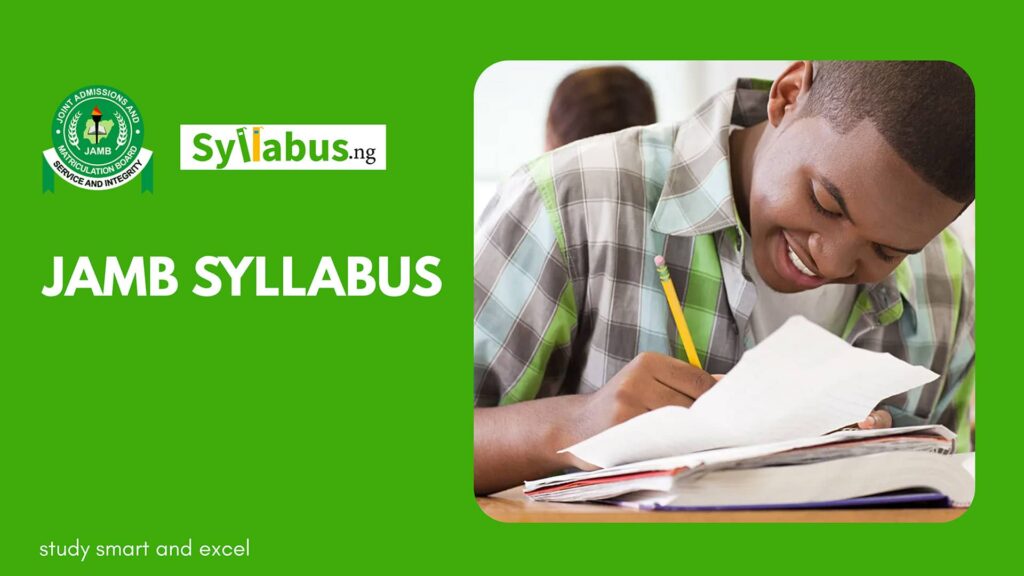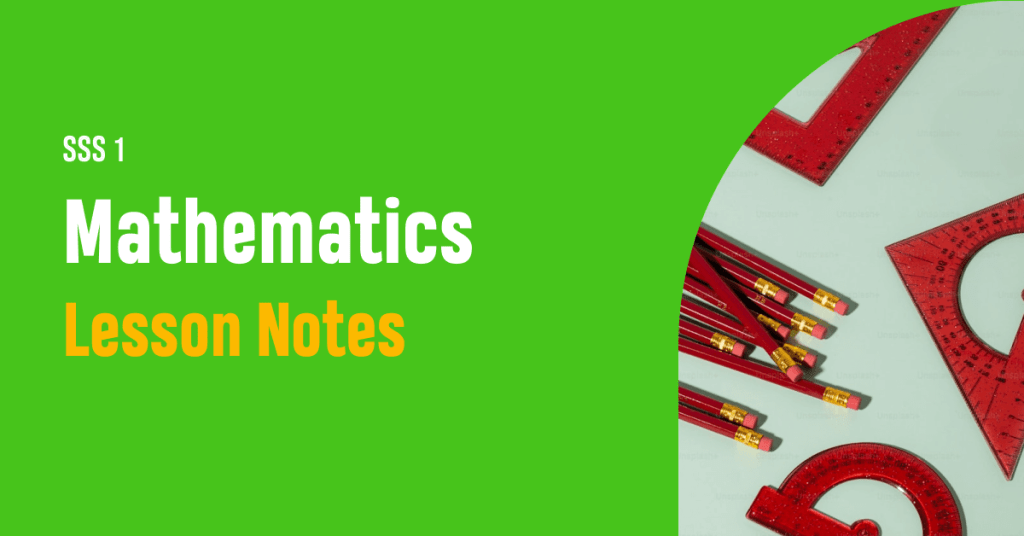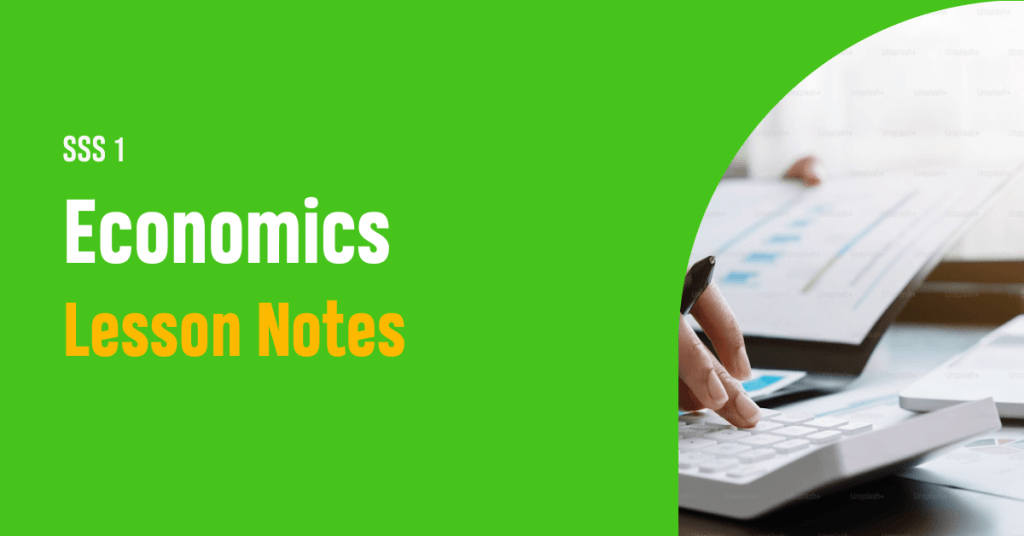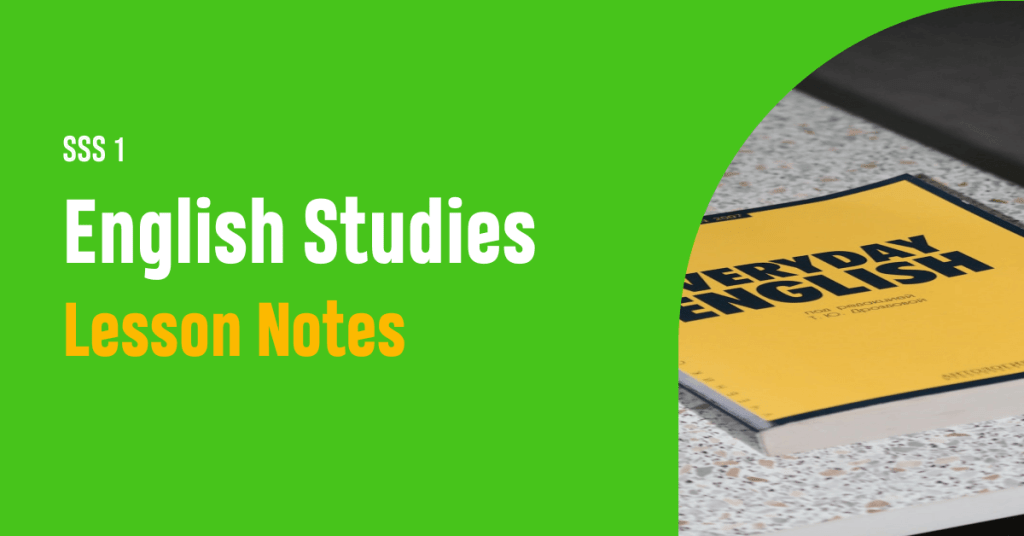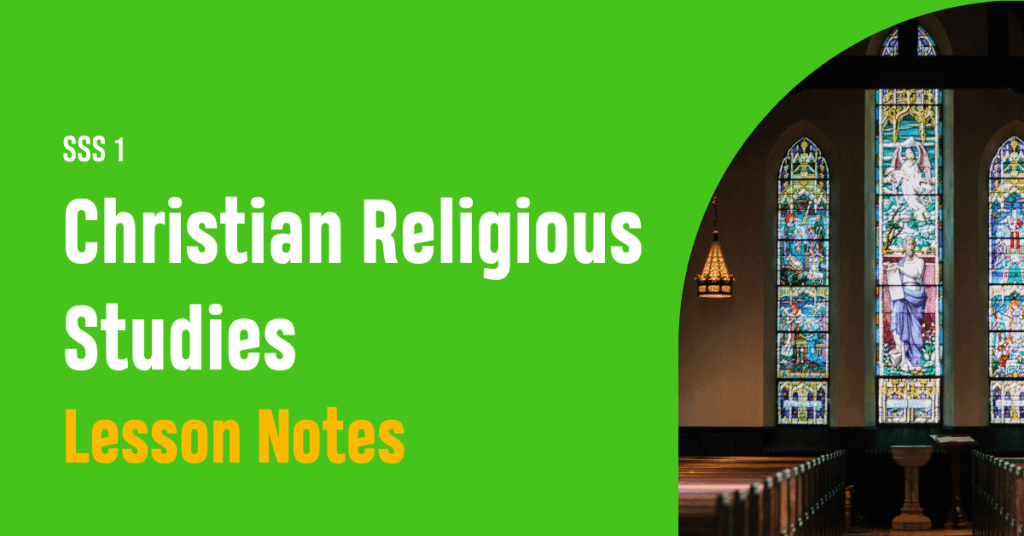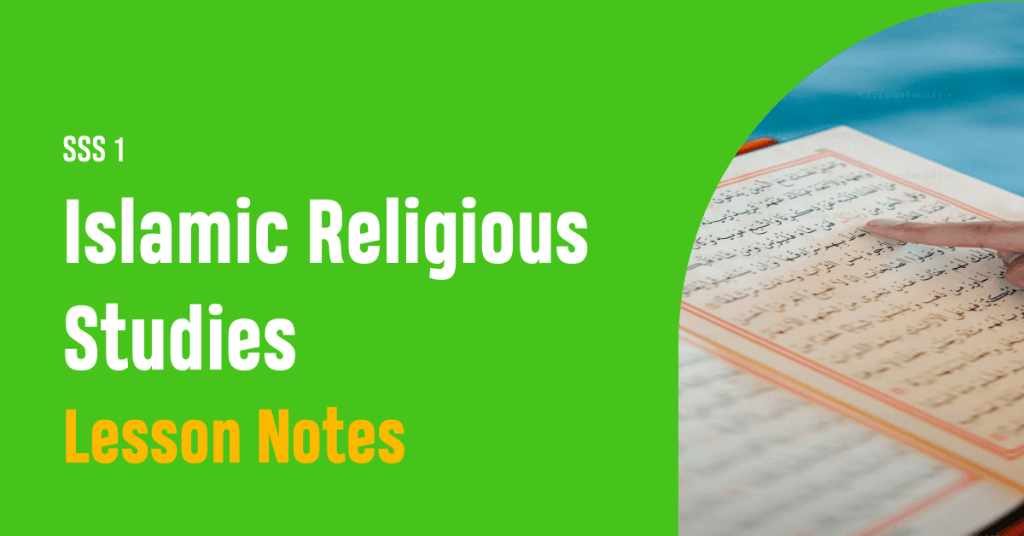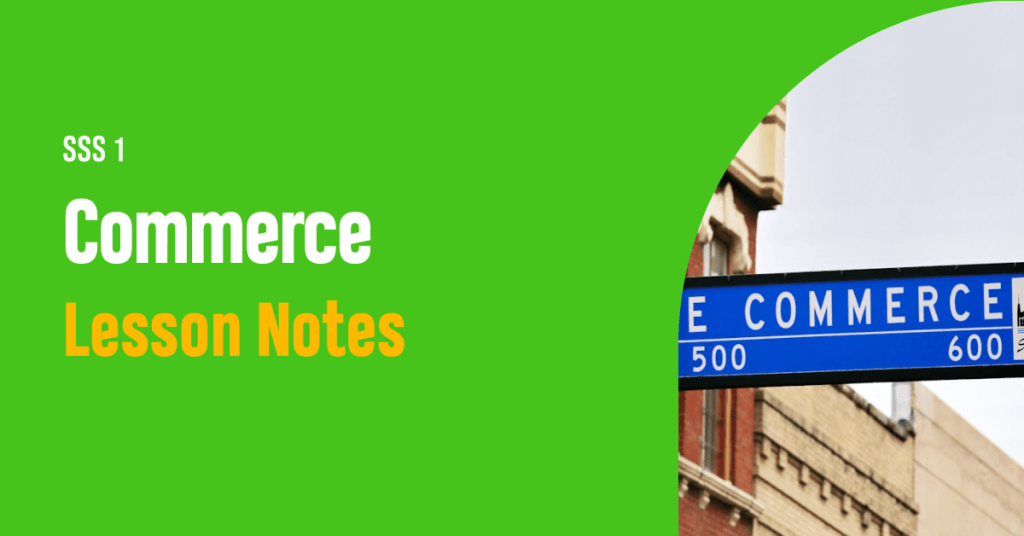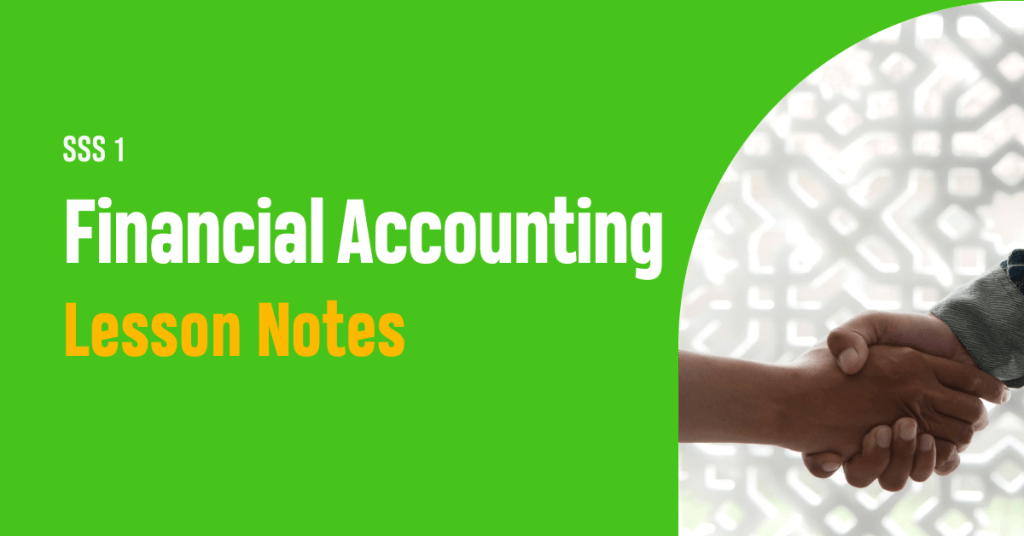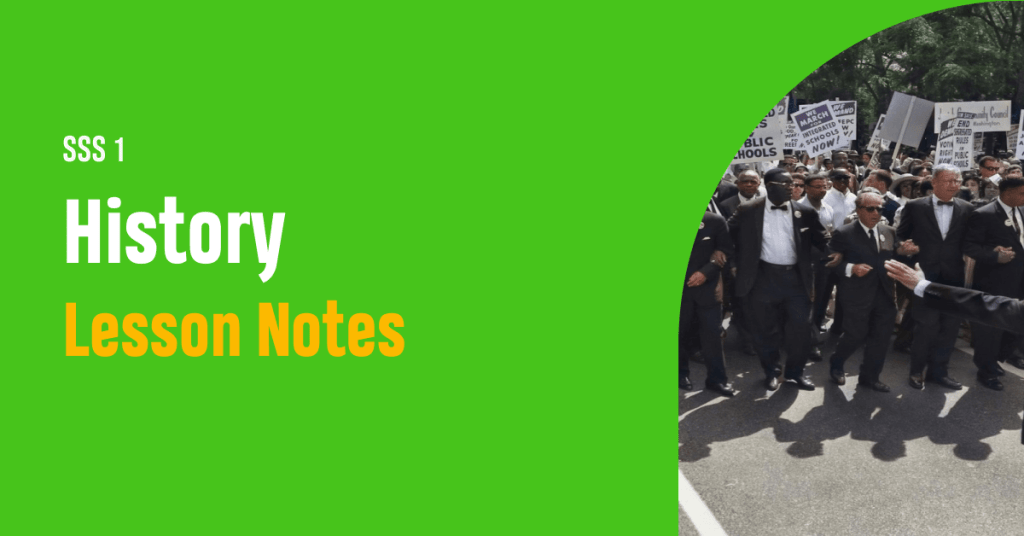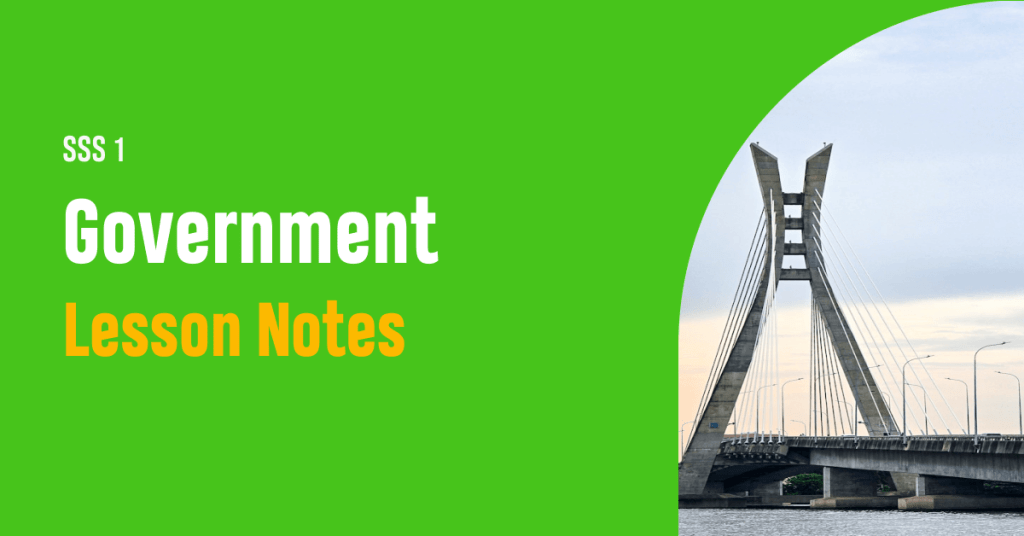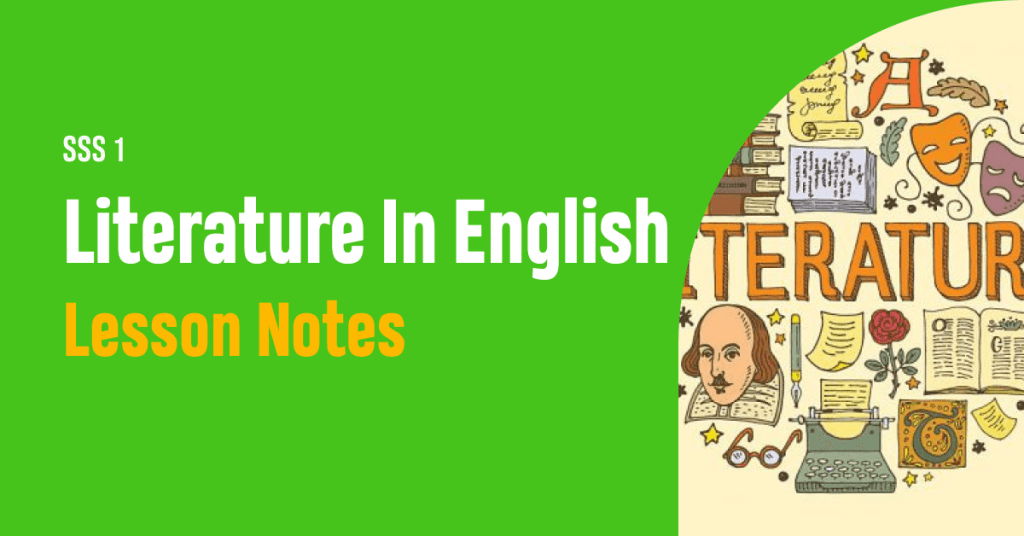SS1 Mathematics Scheme of Work
Download the Senior Secondary School 1 (SS1) Unified Scheme of Work for Mathematics to serve as a guide for educators

Home » SSS1 Scheme of Work » SSS1 Mathematics Scheme of Work
Home » SSS1 Scheme of Work » SSS1 Mathematics Scheme of WorkAbout SS1 Mathematics Scheme of Work
In Nigeria, the Senior Secondary School 1 (SSS1) unified scheme of work for Mathematics aims to establish a robust understanding of key mathematical concepts and skills crucial for higher education and practical problem-solving. Students move from the Junior Secondary School’s basic arithmetic to more advanced topics.
The Lagos state unified scheme of work for Mathematics in SSS1 encompasses algebraic processes, geometry, trigonometry, and statistics. It focuses on enhancing students’ analytical thinking, logical reasoning, and the practical application of mathematical principles. The s is designed to prepare students for more complex problem-solving and further studies in fields such as science, engineering, and other disciplines that require strong quantitative abilities.
Assessment Guide
In senior secondary school 1, students are assessed in Mathematics based on the school’s prerogative. However, typically, they are evaluated through tests or quizzes (Continuous Assessment Tests) and end-of-term exams.
Grading follows a scale from A to F, with A representing excellent performance, typically scoring around 70% or 80%, and F indicating failure, usually below 50% or 45%.
Download SSS1 Mathematics Scheme of Work

Know what’s expected of you as an educator
Download the Lagos State Unified Scheme of Work for Senior Secondary School One (SSS1) Mathematics.
Get SSS1 Mathematics Lesson Notes

Never bother about writing lesson notes again. Get our well written SSS 1 Mathematics lesson notes for (First, Second & Third Term).
Its’s printable, in PDF Format, editable, and easy to use.
SS1 First Term Scheme of Work for Mathematics
| LAGOS STATE MINISTRY OF EDUCATION: UNIFIED SCHEMES OF WORK FOR SENIOR SECONDARY SCHOOLS | ||
| Mathematics Scheme of Work for Senior Secondary Schools 1(SSS1) | ||
| Class | S.S.S 1 | |
| Subject | Mathematics | |
| Term | First Term | |
| Week | Topic | Breakdown |
| THEME: NUMBER AND NUMERATION | ||
| 1 | Number Base System | (1) Conversion from one base to base 10 (2) Conversion of decimal fractions in one base to another. (3) Performing arithmetic operation in number base. (4) Application to computer programming |
| 2 | Modular arithmetic | (1) Revision of arithmetic operations. (2) Conceptual view of modular arithmetic. (3) Simple operation of modular arithmetic and it application to life |
| 3 | Indices | (1) Revision of standard form. (2) Introduce examples on indices (3) Law of indices: (a) × = (b) ÷ = (c) ( )y= etc. (4) Application of laws of indices to problem solving. |
| 4 | Logarithms | (1) Definition of logarithm (2) Deducing logarithm from indices and standard from. (3) Graph of =10 (4) Reading of logarithm and antilogarithm tables. |
| 5 | Effective use of logarithm tables in calculations | (1) Use of logarithm tables in calculations; division, powers etc. (2) Application of logarithms in capital market etc. |
| THEME: ALGEBRAIC PROCESSES | ||
| 6 | Simple Equations and variations | (1) Change of subject of formula, involving roots, brackets, powers. (2) Subjects of formulaand substitution. (3) Types of variation; direct etc. (4) Application of variation. |
| 7 | Quadratic equation | (1) Revision of factorizations of integers (2) Factorization of quadratic expressions and equations. (3) Solution of quadratic equation of form ab=0 either a=0 or b=0. |
| 8 | Formation of quadratic equations with given roots. | (1) Formation of quadratic equation with given roots. (2) Drawing quadratic graph. (3) Obtain roots from a quadratic graph. (4) Applications of quadratic equation to real life situation. |
| 9 | Logical Reasoning | (1) Simple statement (2) Meaning and examples of simple statement. (3) True or false negation of simple statement. |
| 10 | Logical operations and their symbols | (1) Compound statement:-meaning and types (2) Logical operators and symbols. (3) List of logical operators and symbols: compound statement, conjunction, conditional statement etc |
| 11 | REVISION | |
| 12 | EXAMINATION | |
SS1 Second Term Scheme of Work for Mathematics
| Term | Second Term | |
| Week | Topic | Breakdown |
| THEME: GEOMETRY | ||
| 1 | Constructions 1 | (1) Construction of angles and triangles. (2) Bisection of special angles 30o, 45o, 60o and 90o. (3) Apply the construction principles to problems–solving. |
| 2 | Constructions 2 | Construction of: (1) An angle equal to a given angle-4 sided plane. (2) Locus of moving points equidistance from tow lines, 2 points etc. |
| 3 | Proofs of some basic theorems | (1) Proof of sum of angles in a triangle is 180o. (2) The exterior angle of a triangle is equal to the sum of two opposite angels. (3) Application of the proven theorems to solving problems on angles. |
| 4 | Deductive proofs | Riders include: (1) angles of parallel lines. (2) angles in a polygon (3) congruent triangle (4) properties of parallelogram (5) intercept (6) theorem |
| 5 | Trigonometric ratios | (1) State the trigonometric ratios of a right-angled triangle. (2) Solving problems involving the use of trigonometric ratios. |
| 6 | Derived Trigonometric Metric Ratios of Special Angles 30, 45 and 60 degrees | (1) Trigonometric ratios of:-Angle 30-Angle 45-Angle 60 degrees (2) Application of trigonometric ratios to problem-solving. |
| 7 | Application of Trigonometric Ratios to Problem Solving | (1) Application of trigonometric ratios of special angles to simple problems. (2) Sine, cosine and tangent of angles between 0 and 360 degrees. |
| 8 | Trigonometric Ratios WRT Unit Circle. | Trigonometric ratios related to the unit circle. |
| 9 | Graphs of Sine of Angles | Graphs of Sine of Angles |
| 10 | Graph of Cosine, Tangent of Angles. | (1) Graph of cosine of angles. (2) Graph of tangent of angles. |
| 11 | REVISION | |
| 12 | EXAMINATION | |
SS1 Third Term Scheme of Work for Mathematics
| Term | Third Term | |
| Week | Topic | Breakdown |
| THEME: GEOMETRY | ||
| 1 | Mensuration I | Length of arcs of circles. |
| 2 | Mensuration II | Sectors and segments. |
| 3 | Area of a Sector and Segment | (1) Area of sectors of a circle (2) Area of segment of a circle (3) Relationship between the sector of a circle and a surface area of a cone. |
| 4 | Surface area of solids | Surface area of solids: (a) cube, cuboids (b) cylinder, cone (c) prism, pyramids using the standard formula. |
| 5 | Volume of solids | Volume of solid: (a) cube, cuboids (b) cylinder, cone (c) prism, pyramids using the formula appropriately. |
| 6 | Area and Volume of Frustum | (1) Surface are and volume of frustum of a cone and pyramid. (2) Surface area and volume of compound shapes. |
| 7 | Statistics: Data presentation | (1) Collection of meaningful data, tabulation and presentation |
| 8 | Frequency Distribution | (1) Frequency distribution. (2) Linear graph, bar grapes and histograms |
| 9 | Pie Chart | Pie Chart |
| 10 | Frequency polygon | Frequency polygon |
| 11 | REVISION | |
| 12 | EXAMINATION | |
Get SSS1 Mathematics Lesson Notes

Never bother about writing lesson notes again. Get our well written SSS 1 Mathematics lesson notes for (First, Second & Third Term).
Its’s printable, in PDF Format, editable, and easy to use.
Recommended Mathematics Textbooks for Senior Secondary School 1
The recommended Mathematics textbooks for SSS1 include but are not limited to the following:
- Transformation Mathematics by Chinemeze Austin E. Nwabunwanne – University Press Plc
- Excellence in Mathematics Contributor/Reviewer by M.O Giwa Cambridge University Press
- Spectrum High Standard Mathematics by Gabriel A, Oulmi M, Nwachukwu U. et al -Spectrum Books Ltd SS 1-3
- New General Mathematics by M.f Macrae. AO Kalejaiye, ZI Chima, GU Garba – Pearson Education Limited SS 1-3
- Extension Modern Mathematics by Frank Yeboah, olusanya osunre et al – Extension Publication SS 1-3
- All Schools Mathematics by Ofojebe Tochukwu Sunny – Best Printer
- New School Secondary Mathematics for Senior Secondary Schools
- Daily Mastery of Mathematics and English for SS1-3 by Aremu B and Ariyo S.O. – Joytal Printing Press
SSS1 Scheme of Work for All Subjects
Download SSS1 Mathematics Scheme of Work

Know what’s expected of you as an educator
Download the Lagos State Unified Scheme of Work for Senior Secondary School One (SSS1) Mathematics.

